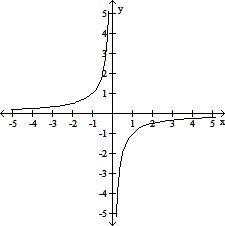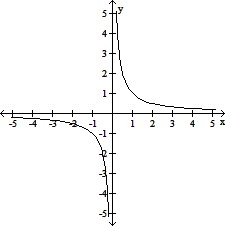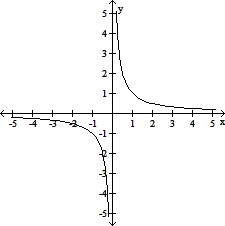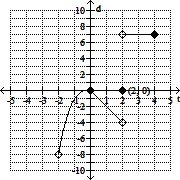Rationalize the numerator. Assume that variables represent positive values.
A. 
B. 
C. 
D. 
Answer: B
You might also like to view...
Graph the function. Determine the symmetry, if any, of the function.y = 

A. Symmetric about the origin
B. Symmetric about the origin
C. No symmetry
D. Symmetric about the origin
For a certain population the growth rate G, measured in thousands per year, depends on the population n, measured in thousands. The relationship is

?
A: Make a graph of G versus t. Include populations of up to 120,000 (corresponding to 


What will be an ideal response?
Answer the question.f(x) = 
 Is f continuous on (-2, 4]?
Is f continuous on (-2, 4]?
A. No B. Yes
Perform the indicated operation.(-7y + 6) + (-4y2 + 4y - 4)
A. -4y2 - 3y + 10 B. -4y2 - 3y + 2 C. -4y2 + 3y + 2 D. -11y2 - 4y + 2